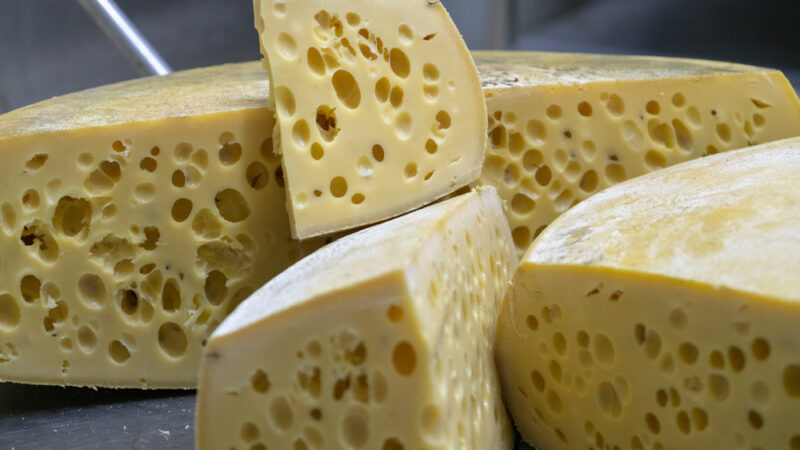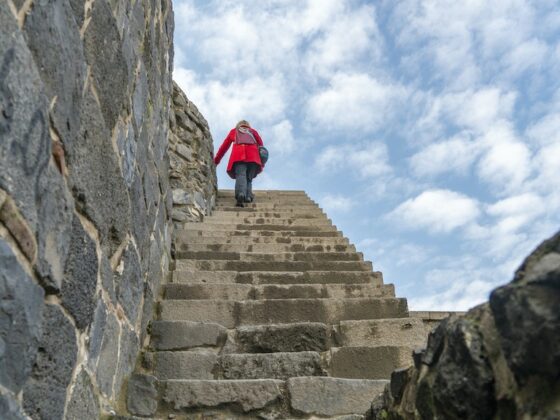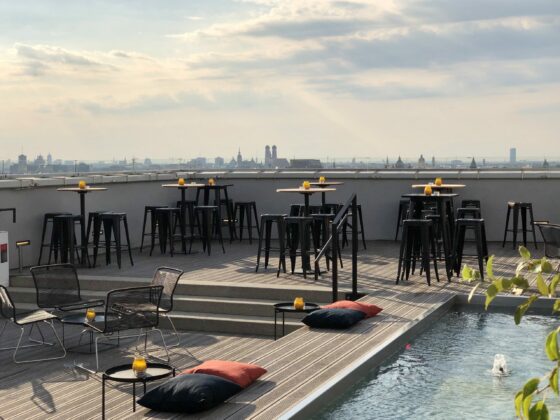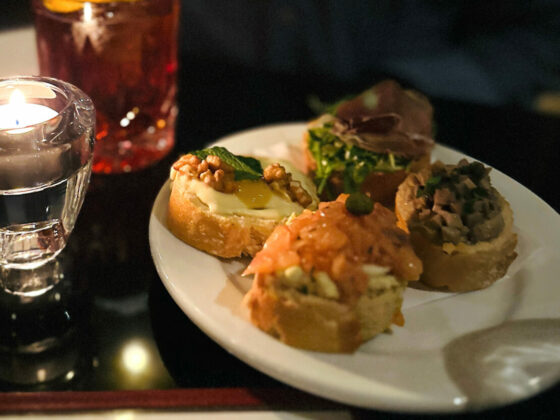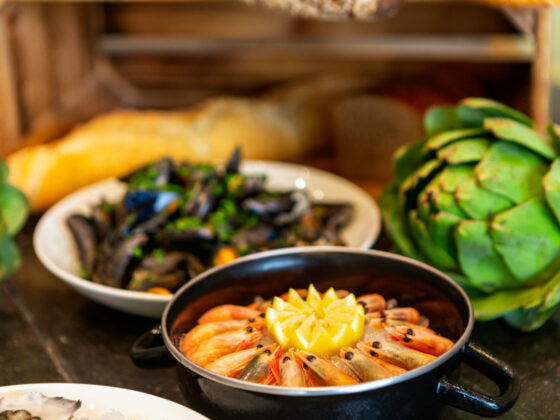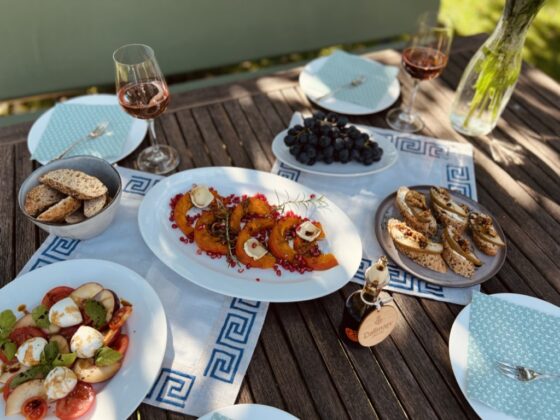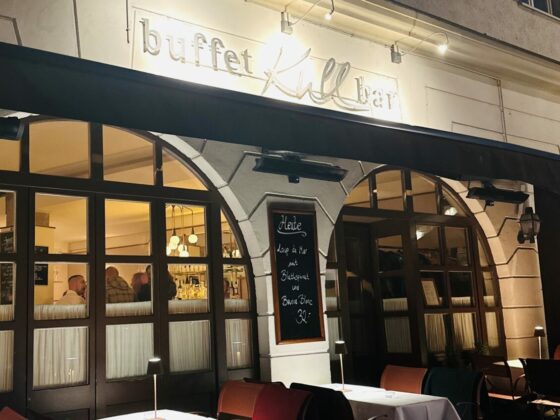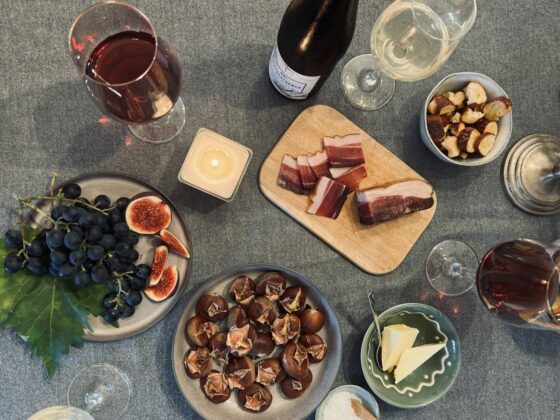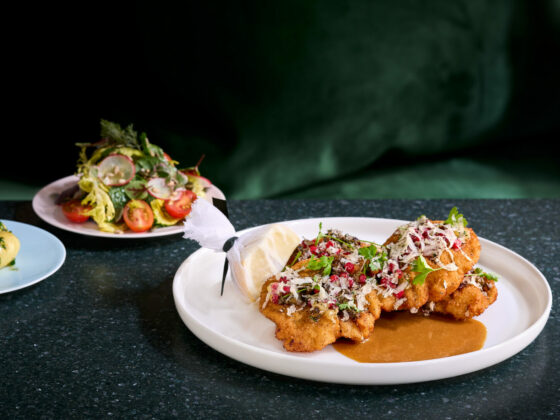Inhaltsverzeichnis Hide
Gravyer, a cheese from the high plateaus of the north-eastern Anatolian province of Kars, has been a household name among Turkish cheese connoisseurs for years. It doesn’t take much imagination to connect the origin of the name “Gravyer” with the famous hard cheese “Gruyère”. But how, pray tell, does a Turkish version of this thoroughly Swiss cheese end up in the farthest corner of Anatolia, not far from the border with Georgia and Armenia? To find out, my partner, photographer Ömer Doğan, and I traveled the 2,000 kilometers from our home in Bodrum on the Aegean coast to Kars and brought back an amazing story…

The miracle of Bogatepe
Our destination is Boğatepe, a village 40 kilometers north of Kars. Similar to the Swiss high alpine pastures, it lies at an altitude of around 2,300 meters – but unlike the Alps, there are no snow-covered peaks here: just rolling hills and lush pastures as far as the eye can see. Boğatepe is currently the center of Turkish Gravyer production with 7 cheese dairies and over 4000 cows.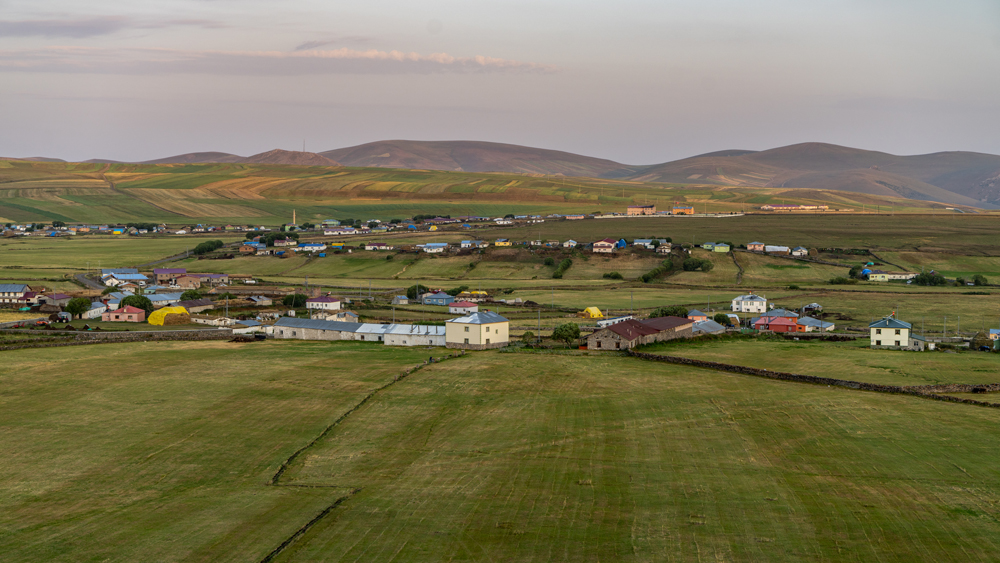

This was not always the case: at the end of the 1990s, there was still exactly one dairy in Boğatepe that produced Gravyer as well as Kashar, which is much better known in Turkey. In 2002, İlhan Koçulu, a native of the village and heir to extensive estates, returned from abroad with the aim of reviving the tradition of cheese-making in Boğatepe. He wanted to stop the exodus of young people to the big cities and help the remote area to become better known through agritourism. He invested in modern equipment, guaranteed the small farmers fair prices and a minimum purchase of their milk. Above all, however, he founded the “Boğatepe Nature and Environment Association”, to which the village owes the creation of a cheese museum and a center for the utilization of local medicinal plants.
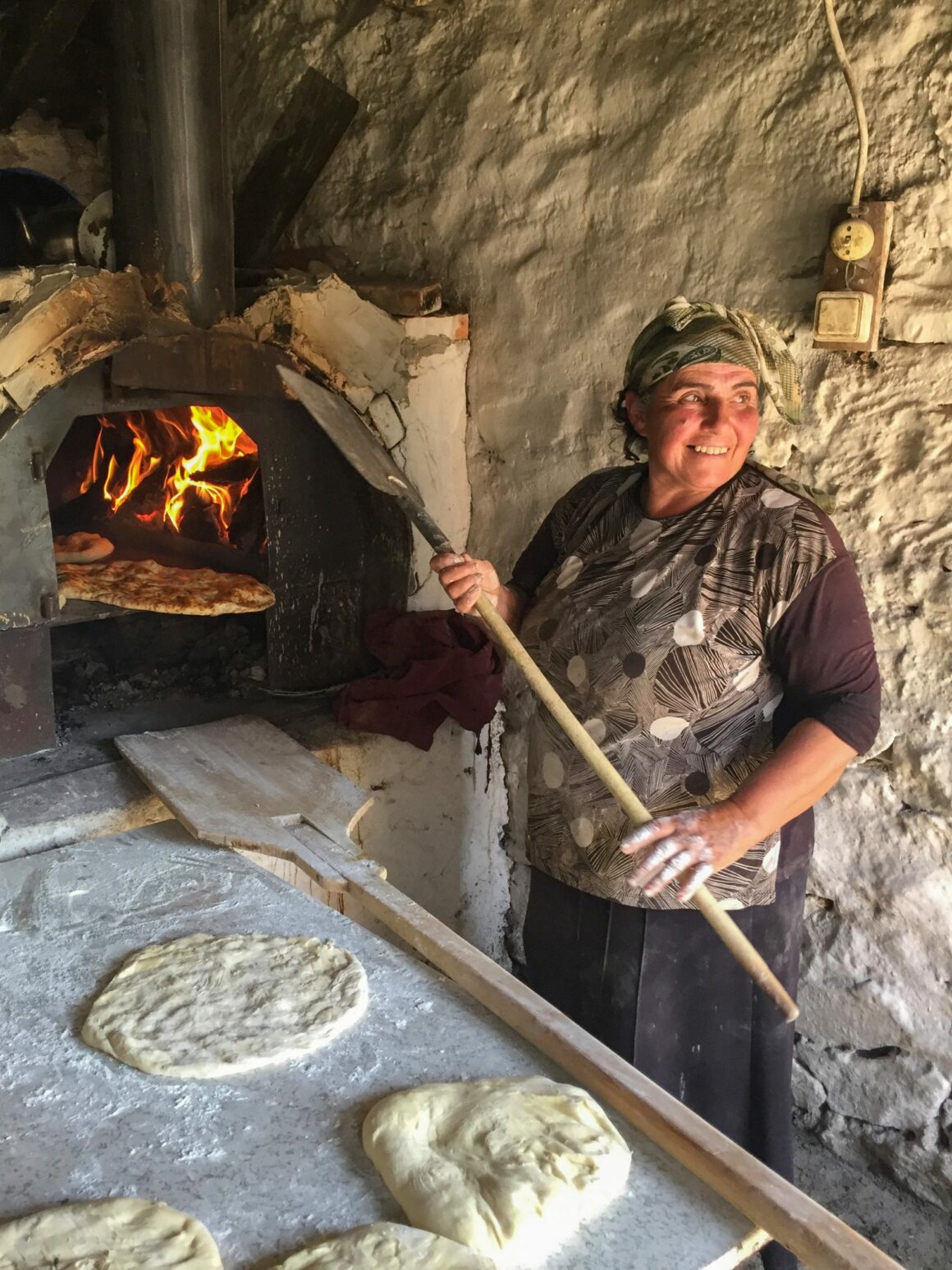
The concept was a success, with young people from the village going away to study agriculture or dairy farming at best, and thanks to Koçulu’s good connections, curious people from home and abroad were soon flocking to Boğatepe to be spoiled by the women of the village with homemade cheese, guaranteed additive-free yoghurt, fresh bread baked in a stone oven and other specialties from the mountain region. The opportunity to watch cheese being made and purchase some of the well-ripened results completes the visit program. We also enjoy everything we are served in the wonderfully cool, oxygen-rich mountain air. But I’m particularly excited about the Gravyer…
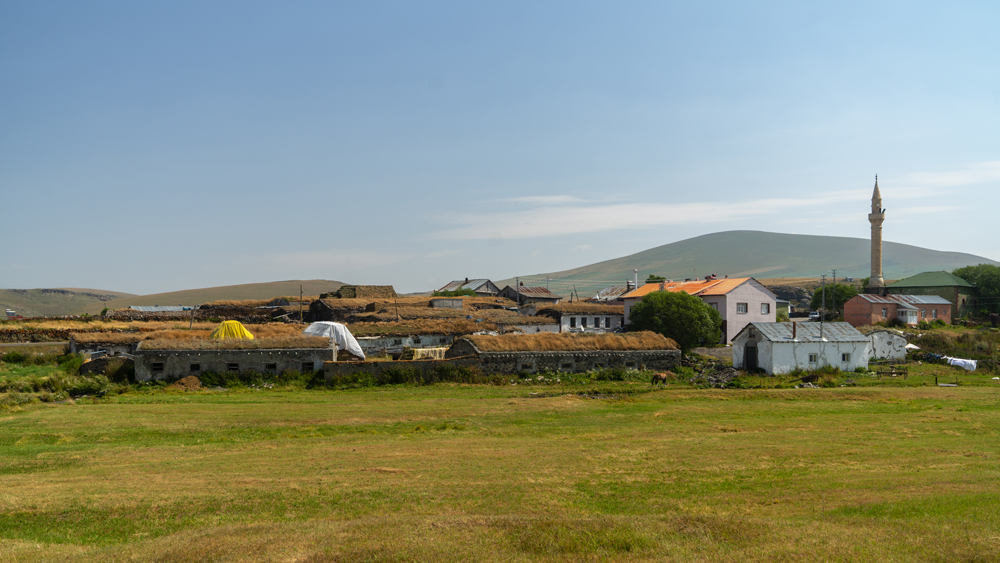
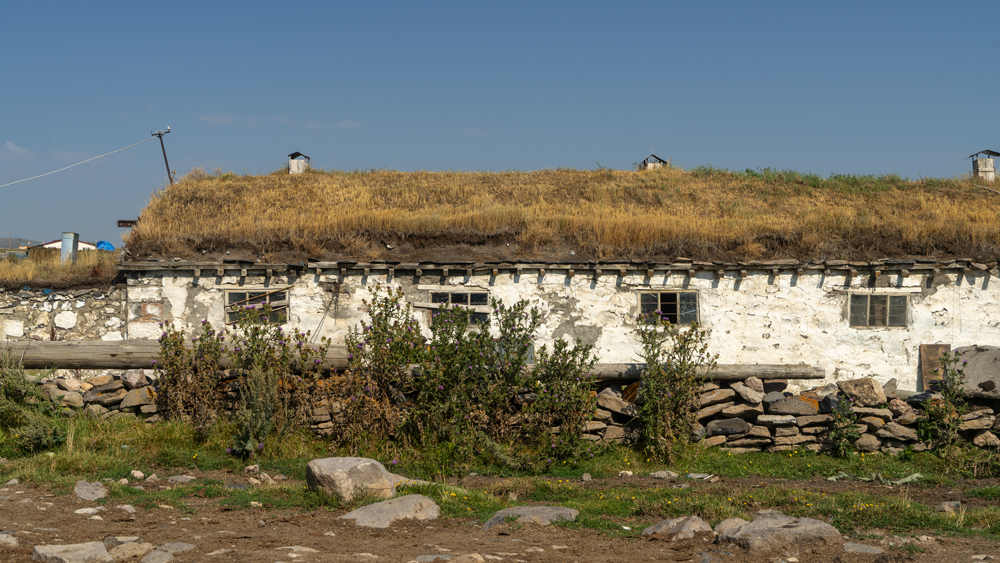
Swiss cheese – or not?
With its yellow color and large holes, Gravyer is more reminiscent of Emmental cheese, only the taste is spicier and a little saltier – but also not like Gruyère… In any case, it is an excellent cheese with a character all of its own.
But how can it be that here – many thousands of kilometers away from the Alps – Turkish villagers produce a raw milk cheese that need not fear comparison with the best Swiss hard cheeses? To explain this to us, İlhan Koçulu has to go into a little more detail, so he sets a cheese platter, fresh bread and a bottle of wine in front of us and starts to talk:
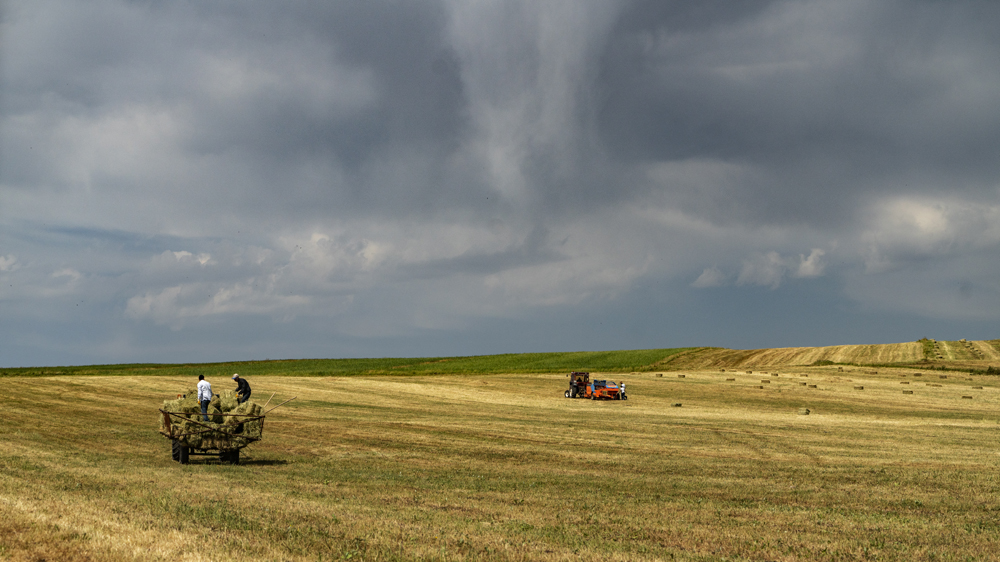
The eventful history
For forty years, from 1878 to 1918, the region around Kars belonged to the Russian Empire. Many Ottoman subjects left the province during this time, but a colorful mixture of Armenians, Greeks, Georgians, Russians and Molokans settled there. The Molokans, unpopular in Russia because of their opposition to the Orthodox Church, founded several villages below today’s Boğatepe and ran cattle and dairy farms on the plateau in summer. They called their dairies “Zavot”, which means “factory” in Russian. Until it was renamed a few years ago, Boğatepe was also called “Zavot”.As early as 1850, the Tsar, worried about missing out on the rapidly industrializing Europe, invited experts from Central Europe to bring their know-how to remote corners of his vast empire and set up modern agricultural and craft businesses. In 1862, a German emigrant settled southwest of Tbilisi in the foothills of the Lesser Caucasus. As the son of a Thuringian landowner, he knew a thing or two about livestock farming. He had also spent several years in Switzerland and immediately recognized that the quality of the Caucasus pastures was in no way inferior to the Swiss alpine meadows. He brought in a master cheesemaker from the Bernese Oberland, also imported the necessary equipment and Swiss breeding bulls, and within a few decades had established himself as one of the largest dairy farms in the Transcaucasus.
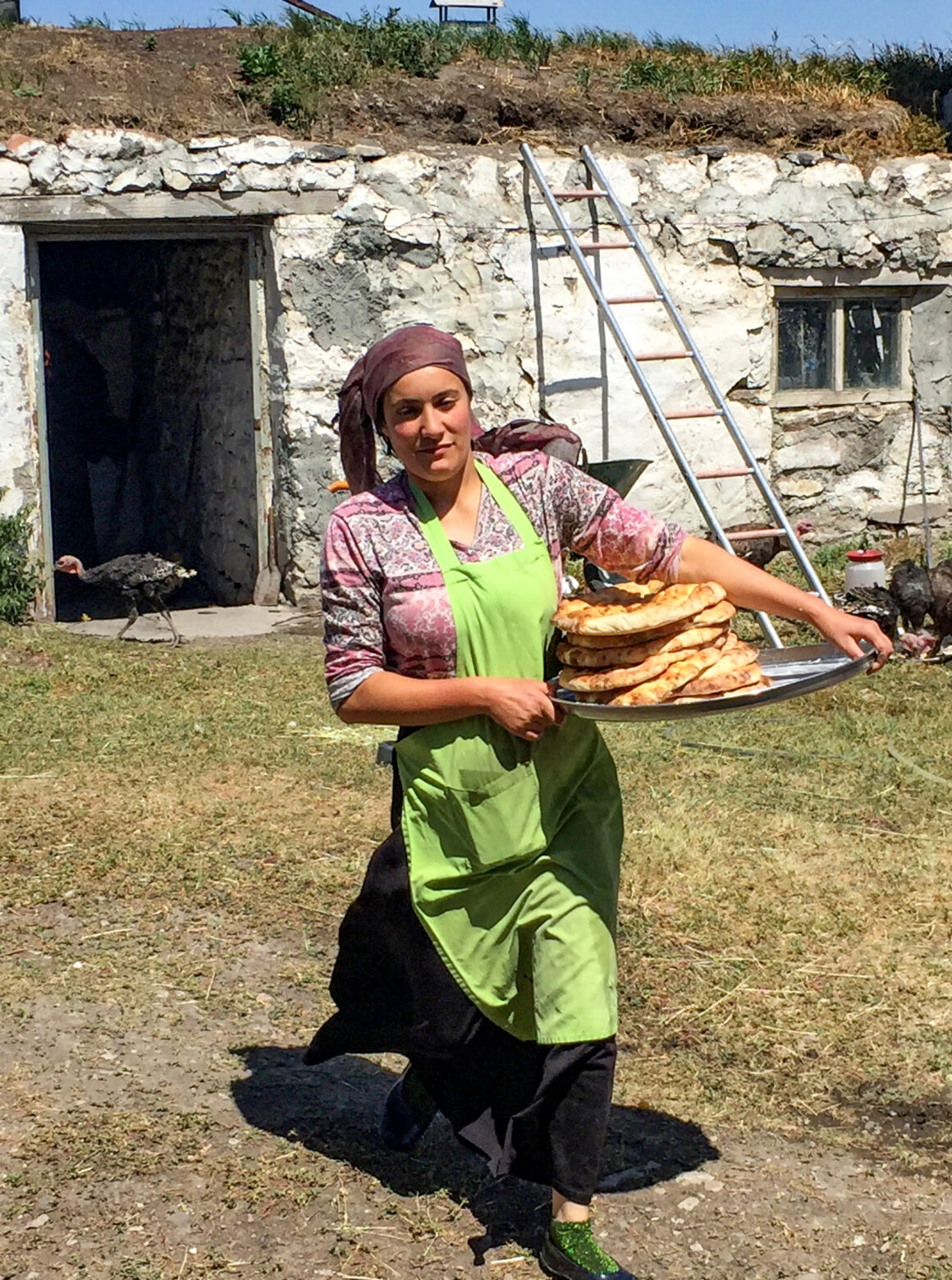
At the beginning of the 20th century, a certain David Moser from Arni in Emmental also came to the Transcaucasus to escape the poverty that prevailed in his homeland at the time and seek his fortune. During a visit to the (then still Russian) province of Kars, he recognized the potential of the extensive mountain meadows between Kars and Ardahan for milk and cheese production and, together with his brother, founded several dairies, including one in today’s Boğatepe – the premises are now home to the Cheese Museum. He concluded contracts with the local villagers – the industrious Molokans and the small Turkish and Kurdish farmers – to purchase milk.
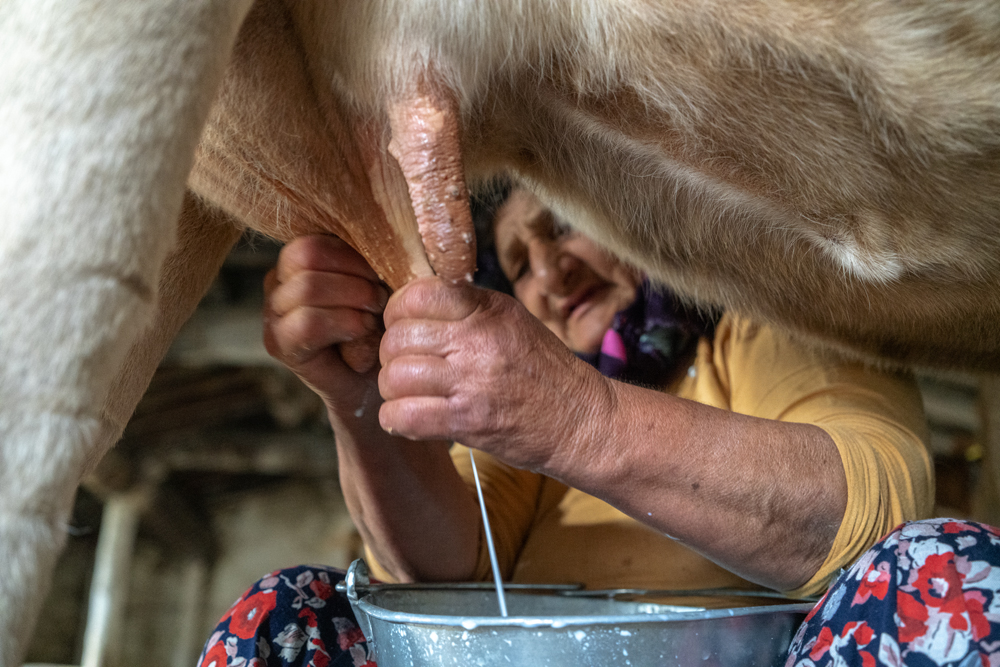
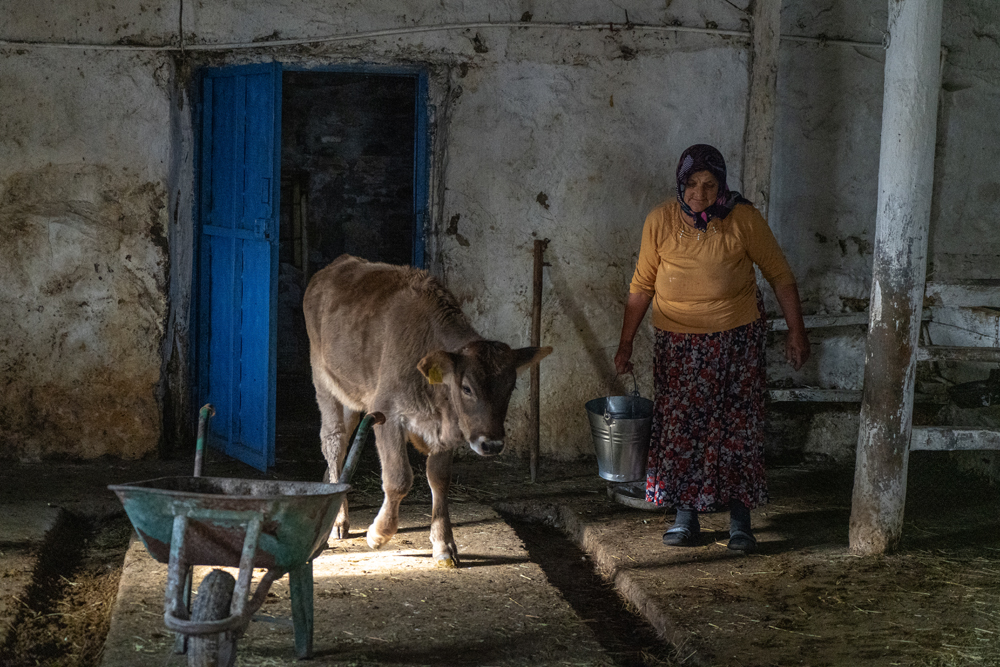

The flourishing business with the “Gravyer” suffered a severe setback towards the end of the First World War. Russia withdrew from the war after the Bolshevik Revolution in 1917. The province of Kars was reintegrated into the Ottoman Empire and its successor state, the young Turkish Republic. The pacifist Molokans left the region around Kars when they were ordered to do military service for Turkey.

Wealthy “Karapapak” fled the Bolsheviks with their animals from the Soviet system to the villages around Kars and settled in villages abandoned by the Molokans. The Swiss dairy owners returned to their headquarters south of Tbilisi and left the dairies in the area that now belonged to Turkey. David Moser also left his dairies in the province of Kars to his closest collaborator, the master cheesemaker Alexander Kaiser, a German settler whose ancestors had immigrated to Russia from southern Germany at the beginning of the 19th century. “Emperor married off his three daughters to the three sons of a Karapapak farmer, all couples continued the Gravyer production, had a lot of offspring, and a grandson of this clan is sitting in front of you” – this is how İlhan concludes his report.
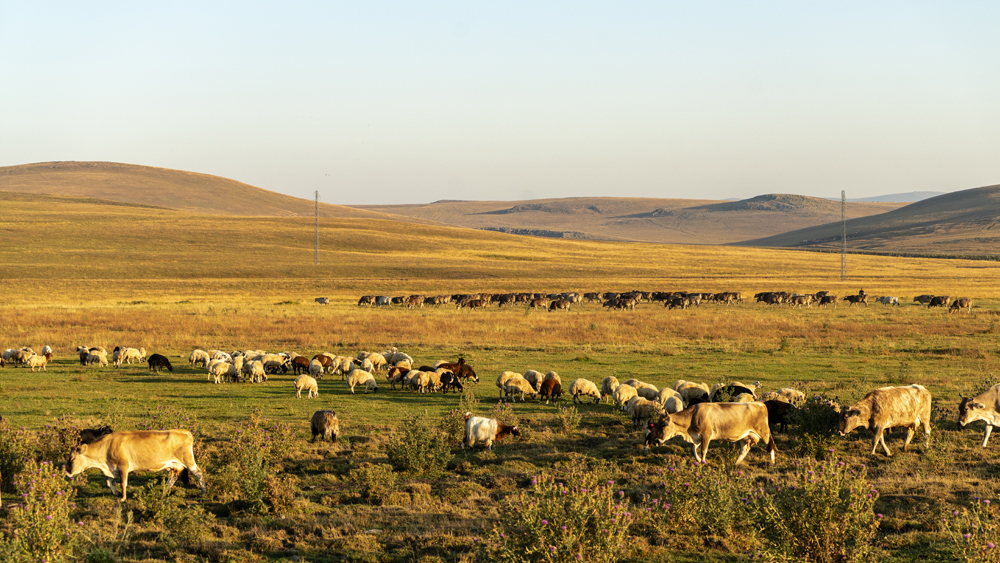
First-class ingredients for a first-class product
Gosh – what a story! I take another close look at the giant entrepreneur, but can’t recognize any features that would indicate a German grandmother… İlhan now takes us with him so that we can see for ourselves how gravyer is produced in his dairy. It is the end of August – the alpine flowers and herbs have almost finished blooming and the milk yield of the “Zavot” cows, which incidentally look very similar to the brown Swiss alpine dairy cows, has already decreased considerably. In contrast to the peak season in June, when up to seven 70 kg wheels of cheese can be produced every day, there is now enough milk for 4-5 wheels (almost 1000 liters are needed for one wheel). The working hours (mornings from 8 a.m. to 2 p.m., evenings from 7 p.m. to midnight) are precisely coordinated with the milking rhythm. Processing must begin before the milk gets cold. Collecting the freshly milked morning and evening milk is therefore like a race against time. Gravyer can only be produced in summer – this is due to various conditions that must be met, such as the outside temperature, the fat content of the milk or the bacteria contained in the milk that create the holes during the fermentation process.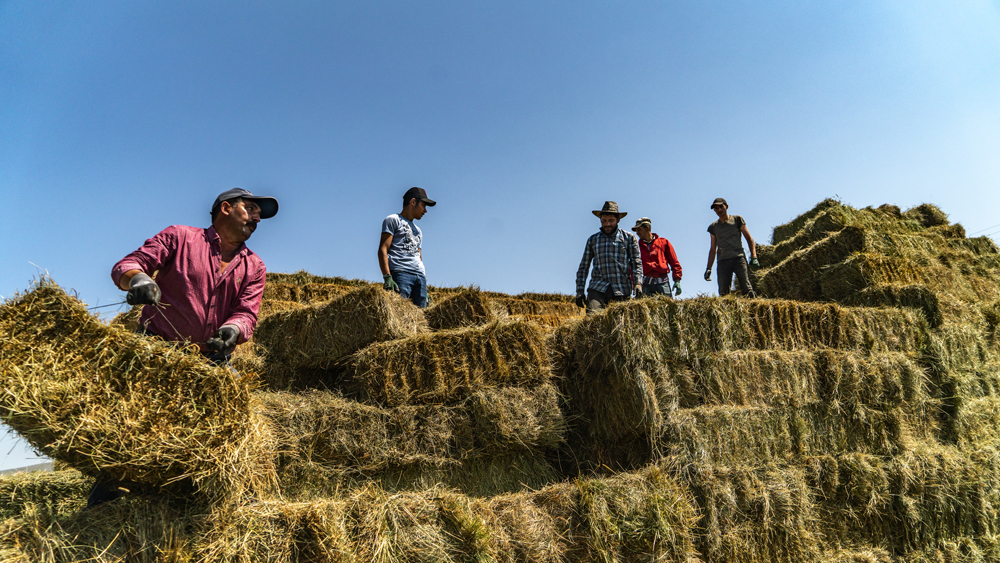
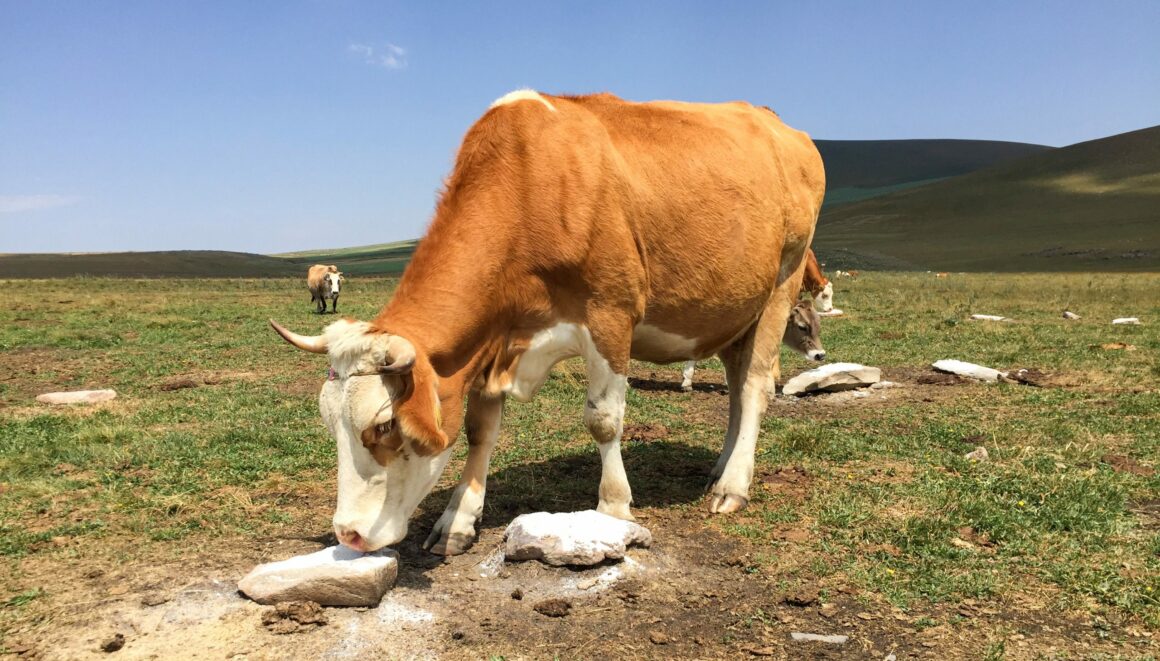
The cows, whose milk is processed into Gravyer, are out on pasture without interruption from mid-May to mid-September – the short high mountain summer. They are only driven into the barn for milking in the morning and evening. The rest of the year, the village lies under a blanket of snow and the cows in the barn eat the hay that their owners have brought in from the endless mountain pastures around Boğatepe in the summer. Incidentally, the cows are not fed anything else – additional feed would impair the first-class quality of the milk, and quality is very important, especially since the Slow Food organization has recognized Gravyer from Boğatepe as a ‘Presidio’, i.e. a sustainably produced, ecologically sound product worthy of protection. İlhan explains the principle: “A cheese is only as good as the milk it is made from. And the milk is only as good as the herbs and grasses that the cow has eaten.” He has an interesting footnote on this subject: large quantities of lady’s mantle, a medicinal plant used by people to treat women’s ailments, grow on the pastures around Boğatepe. Bulls don’t like it because of its bitter taste, but cows eat it and so the bitter lady’s mantle gives Gravyer cheese an unmistakable, piquant aroma.

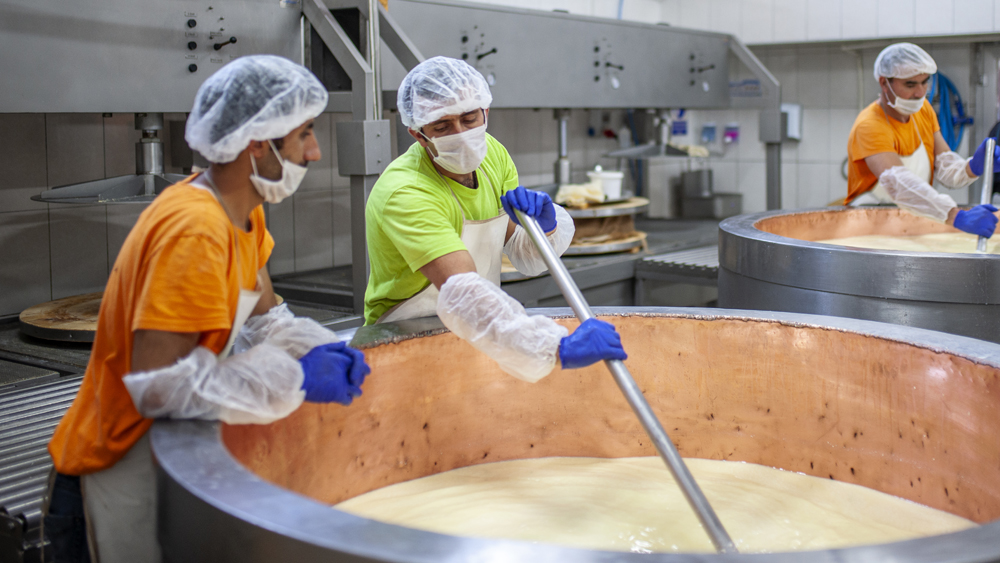
Between tradition and modernity
Koçulus ‘Zavot’ is a modern, white-tiled, sparkling clean hall. The milk is pumped through pipes into two huge copper boilers, which are no longer heated by fire from below as they used to be. The boiler wall is double-layered so that the temperature can be precisely adjusted by adding cold water and hot steam.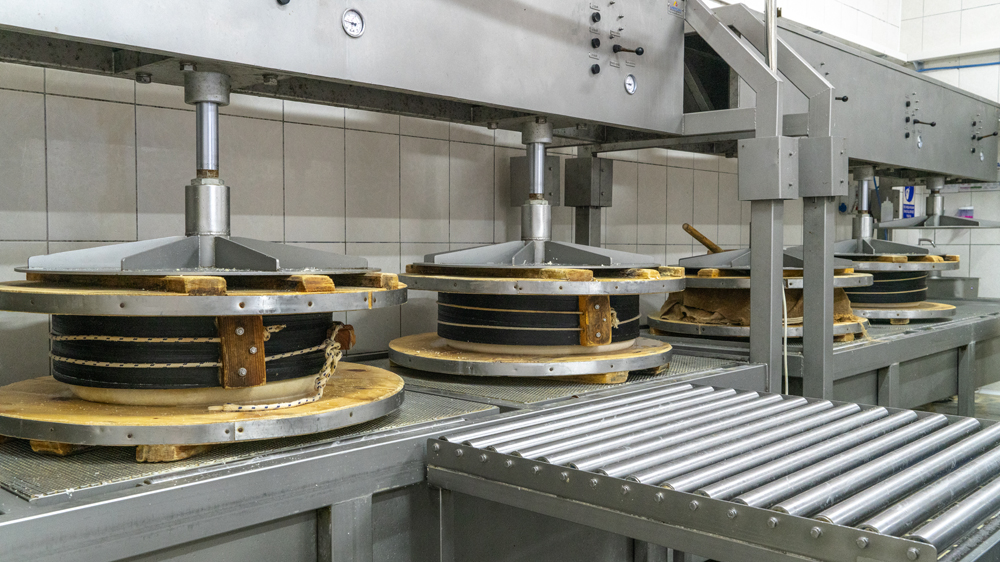
There are hydraulic presses, which are used to press the whey out of the fresh cheese, or an electric winch, which, like the net filled with fish on a fishing trawler, heaves the cheese dough out of the vat to drain. Modernity has also arrived in Boğatepe, and yet even today, more hard work is still done by hand than in even the most remote Swiss alpine dairy.
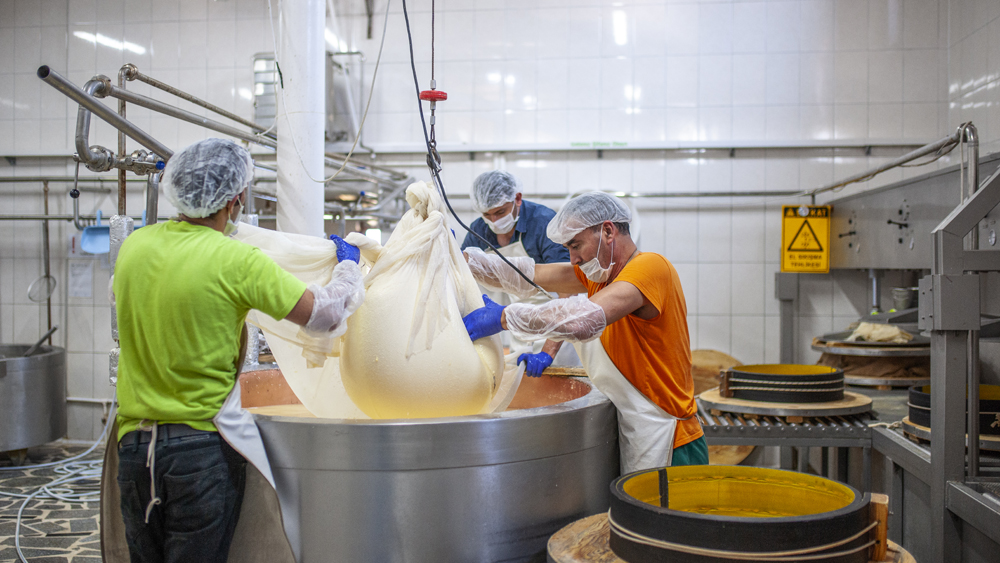
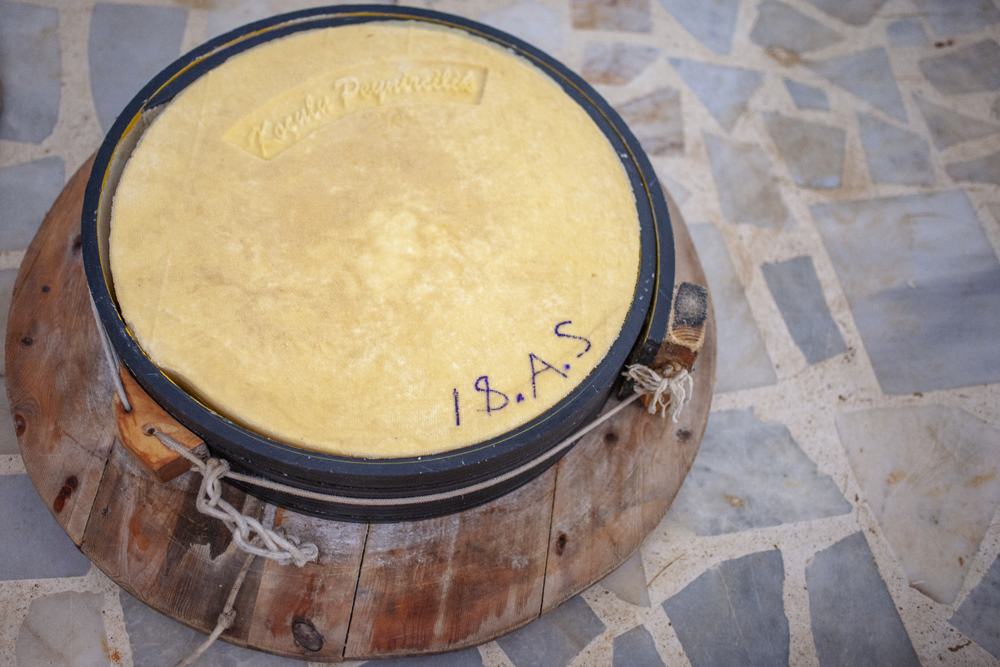
The heavy wheels of cheese in the fermentation chamber – known here as the “sauna” – are not turned by robot, but by hand every day, rubbed down and freshly salted. Stirring the cheese mass in the vat for hours until the right consistency and elasticity of the cheese dough is achieved is also not done by machine. Çağdaş Koçulu, a nephew of İlhan, studied dairy farming and, as a master cheesemaker, is responsible for the quality of the ingredients, the smooth running of production and optimal maturing in the brine pool, in the sauna (approx. 20 days at 30°C) and in the storage cellar, which should be 80% underground, have a humidity of 90% and be ventilated at night at a room temperature of 11 degrees.
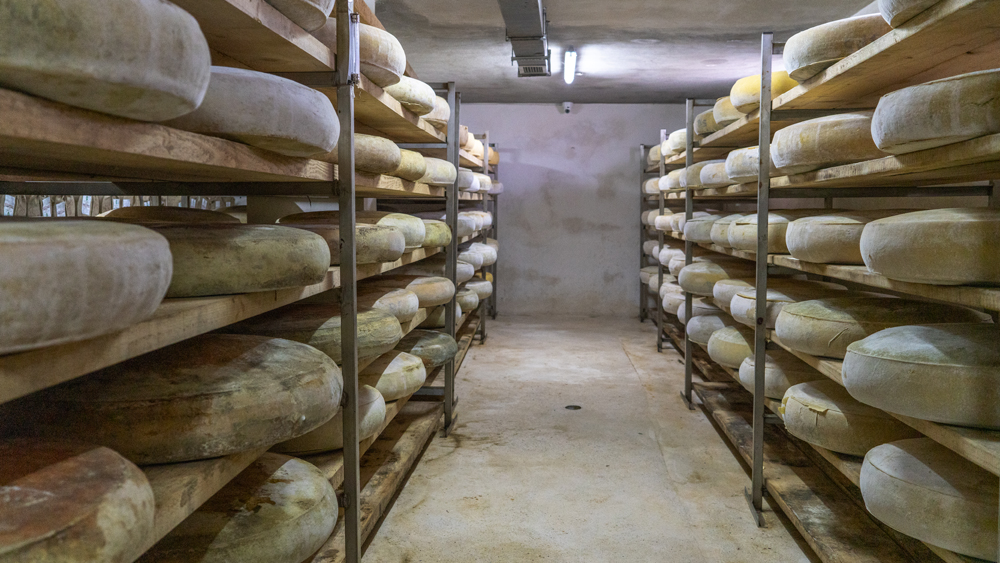
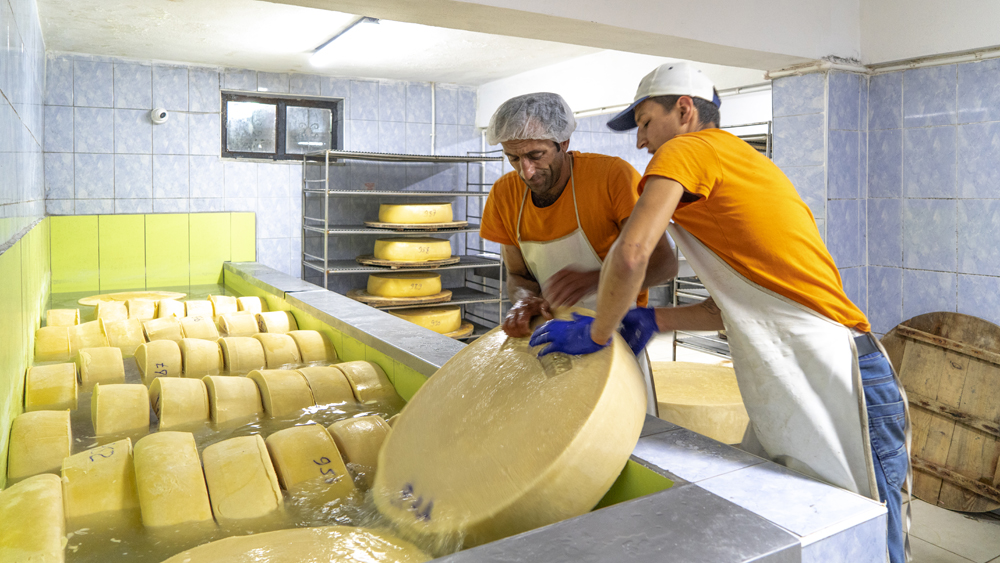
I ask İlhan whether he is thinking of modernizing production further. He gives a remarkable answer to this: “Of course I could invest in more modern machines. The expenditure would have paid off after just one season. But I’m not primarily concerned with profitability. I want to give these young people from my village work. They should learn the art of cheese making. If they set up their own dairies after a few years, I will have achieved my goal.”
Oh, İlhan Koçulu – if only there were more people like you…
Murmelz tip
Gravyer from Boğatepe is not (yet) exported to the EU due to the strict regulations for food imports. As demand on the domestic market – especially since the support of Slow Food – far exceeds supply, this is not expected to happen in the coming years either. In Turkey, gravyer from Boğatepe can be found on the cheese plates of many luxury restaurants and hotels, as well as in some delicatessen shops.shops in all major Turkish cities. The dairies have their own cheese stores in the center of the provincial capital of Kars, which is well worth seeing. Orders placed directly with the dairy are accepted via WhatsApp and sent throughout Turkey.
Koçulu also produces fresh and matured kashar and ‘Molokan’ in addition to gravyer.a mild, Gouda-like hard cheese.
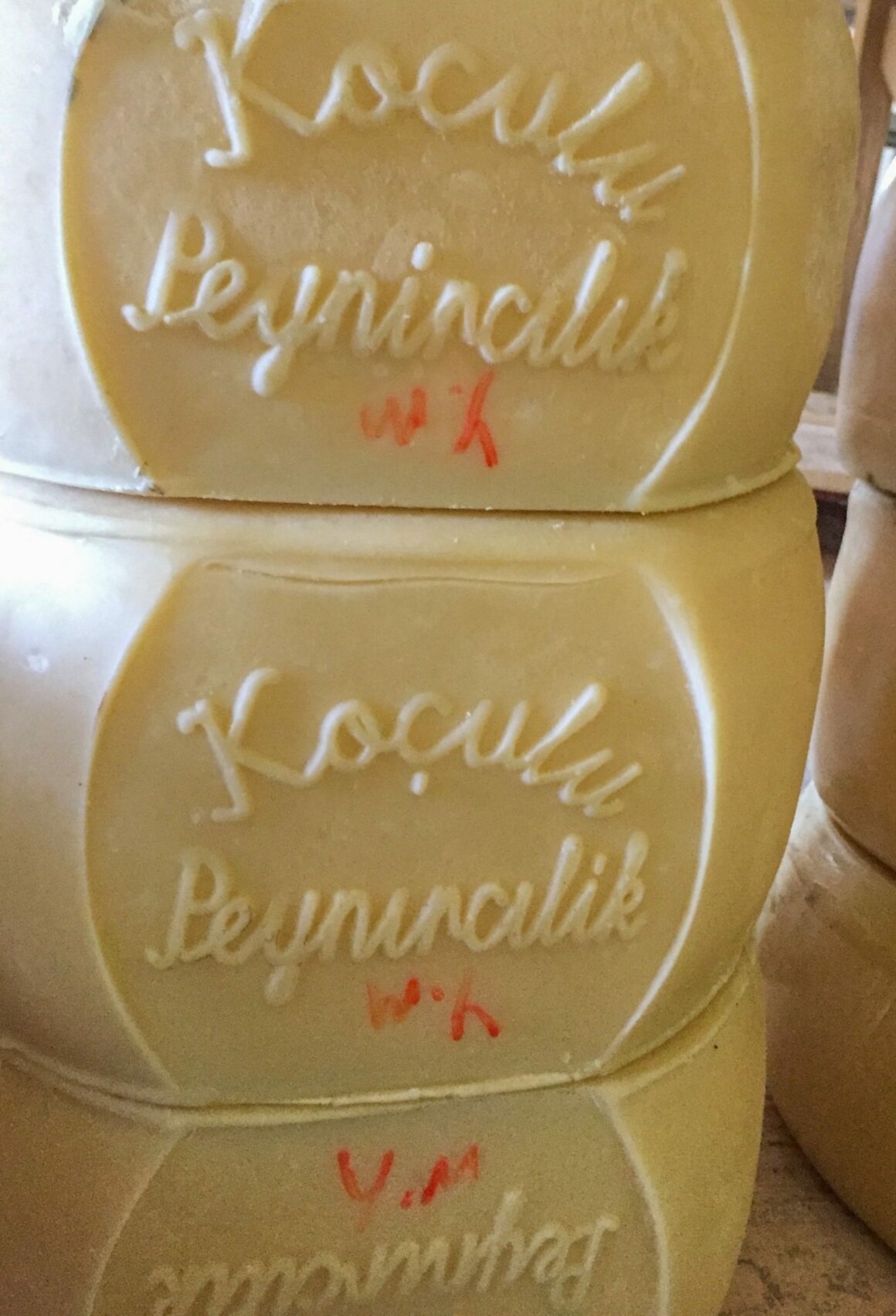
A film by Annette Hanisch & Ömer Dogan
All information about the Koçulu dairy
Orders via WhatsApp: +90 554 1813036
Email: info@koculupeynircilik.com


